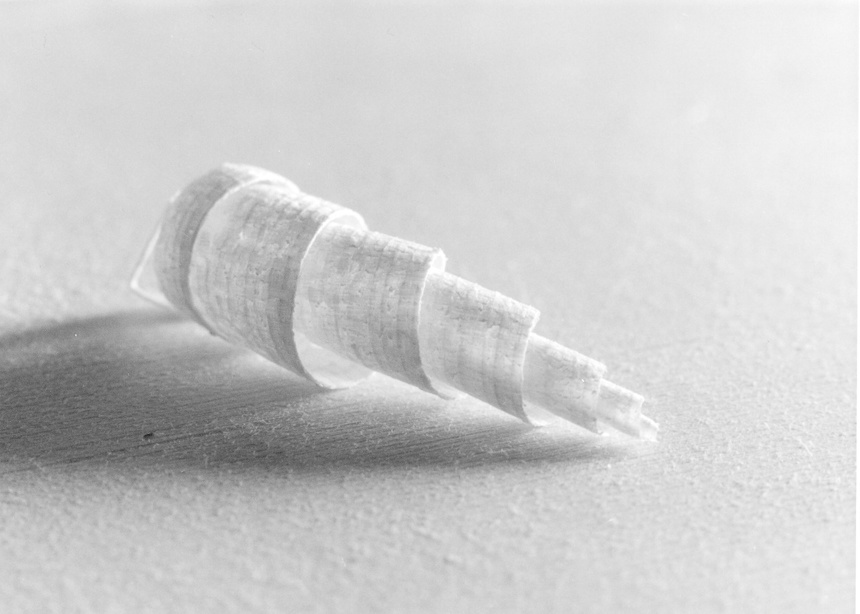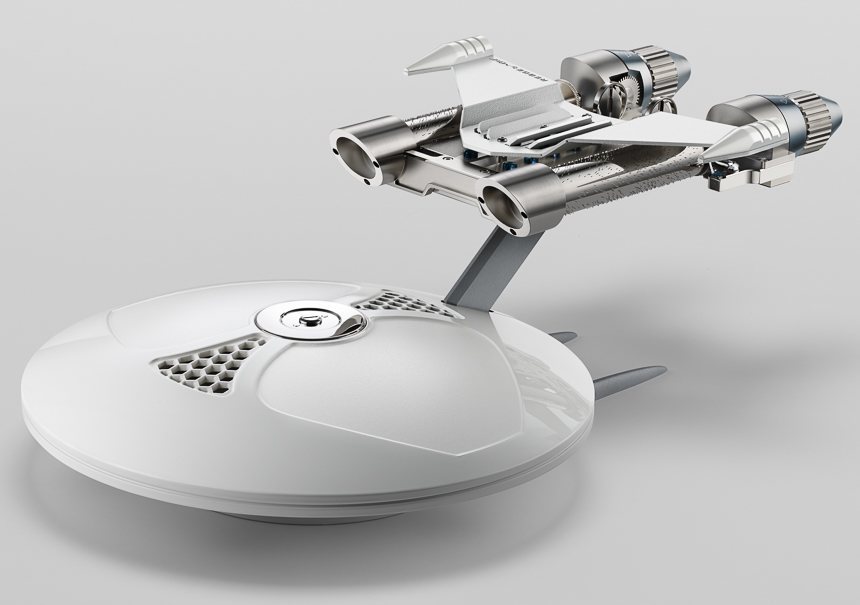
Swiss watch and mechanical art maker MB&F follows up their spaceship-themed music box, the MusicMachine, with the also spaceship-themed MB&F MusicMachine 2. In addition to their timepieces MB&F has continued to branch out by producing items such as these music boxes produced in collaboration with the also Swiss company Reuge, as well as a clock (the MB&F Starfleet Machine) with L’Epee.
Speaking of items like the Starfleet Machine (shaped like the Star Trek location/base Deep Space Nine), and the MB&F MusicMachine 2 (shaped like Star Trek’s USS Enterprise ship) isn’t it only a matter of time until the Star Trek rights holders give MB&F a call about all this kind leveraging of their popularity? More so, I find it completely fascinating not only how keen MB&F designers are to share their love of Star Trek, but also that these items are proving so popular that MB&F is inclined to produce more.
The original MB&F MusicMachine did in fact play some Star Trek music I believe, but it only hinted at the science fiction theme with a rocketship-shaped body in metal and wood (for sound resonance). With the Starfleet Machine clock and the MusicMachine 2, MB&F is in full Star Trek mode and I fully expect to see them wearing Federation jumpsuits at the next watch show. So let’s check out what secrets this USS Enterprise-reminiscent music box has in store.
Yes, the MB&F MusicMachine 2 looks like an upside down-ish USS Enterprise spaceship (though in space, who is to say what is up or down?). Actually, there are a lot of Federation ships in the Star Trek universe, so it is entirely possible there is one with the engines so high up like that. In any event, fans get the idea when seeing the MB&F MusicMachine 2 in the flesh. Compared to the original MusicMachine, MB&F and the people they created the music box with went to considerable lengths to improve the sound resonance and volume of this device. Thus, the unique shape of the MB&F MusicMachine 2 is also part of its special sound qualities.
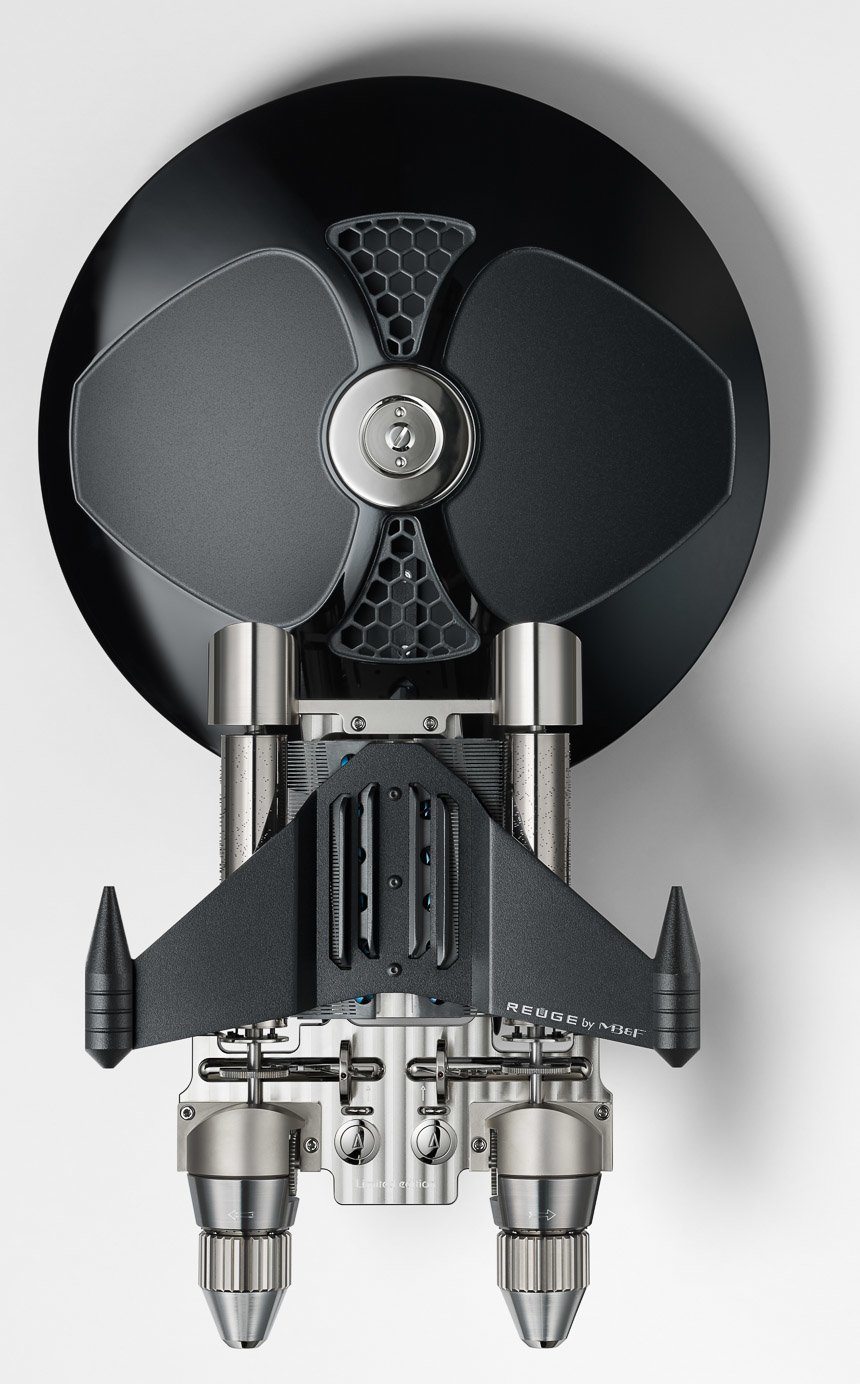

Reuge worked with specialist Jeanmichel Capt of a company called JMC Lutherie on the MusicMachine 2 in order to improve the sound quality. The machine makes use of aluminum, brass, and 350-year-old spruce wood. There is also some Nomex, which is a Kevlar-like material which I believe is used in fire-retardant clothing, which acts as a barrier to help prevent energy loss. The entire idea of creating a better sounding music box is to allow for the vibrations to move through the entire machine, and not be dissipated without making sound.
The story of the spruce wood used in the MB&F MusicMachine 2 is taken right out of luxury item marketing lore. Apparently, a specialist first must identify spruce trees that are the right age and style. It goes without saying that these are Swiss trees and because of the particularly cold region that they grow, they apparently take longer to grow than other spruce trees. This in turn allows the wood to be much denser.
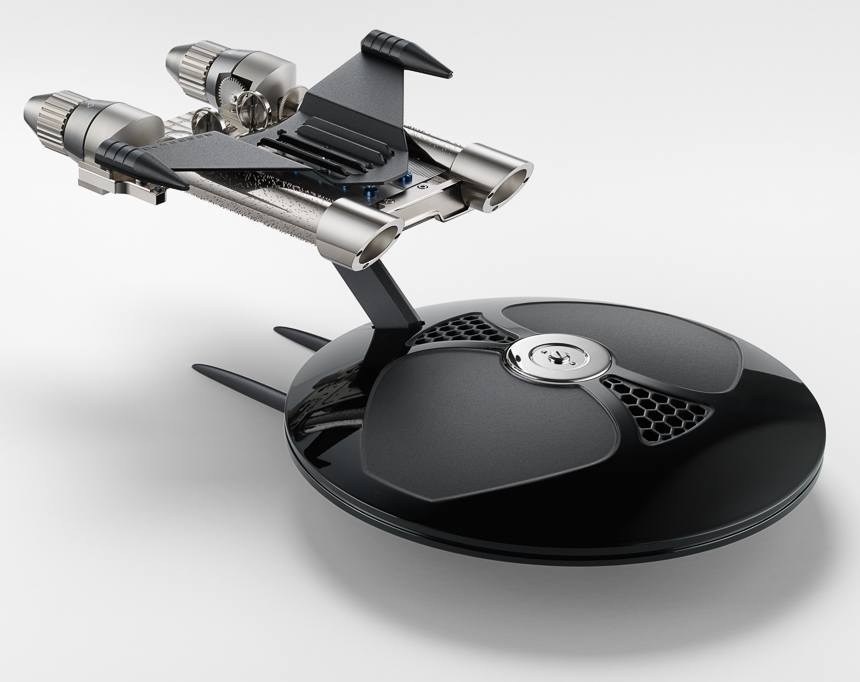
A man, Lorenzo Pellegrini – who is in his 80s – is the only one who can select the right tree, and according to him, only 1 in 10,000 spruce trees in the correct region have the proper resonance qualities. When the right plant is found the trees are only cut down in November during a waning moon, because apparently that is when the tree is in its driest state. After being cut down, the wood is allowed to try for up to a decade before being specially cut for its ultimate use in these music boxes. If that doesn’t make for the types of stories that sell luxury goods, then I really don’t know what will.
The 350-year-old spruce wood makes up much of the round base of the MB&F MusicMachine 2, which has been specially designed for the sound from the music box itself to travel down into. The upper part of the machine has two rollers with pins that make up the music box element. Each is powered by their own spring, and each plays segments from three songs. The design of the mechanical part of the MB&F MusicMachine 2 is beautiful, and the integration of the traditional elements into the “engine” theme is clever (but then again, MB&F is pretty good at that part by now).
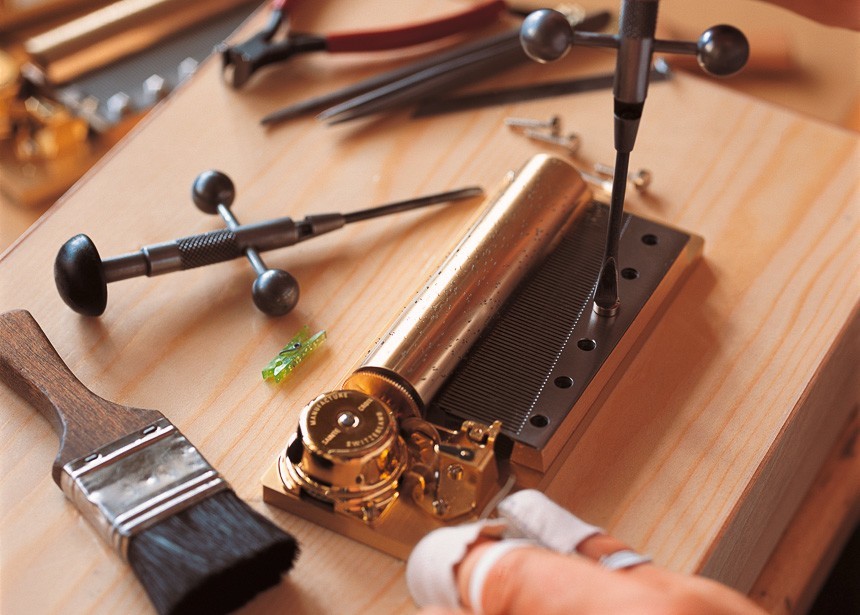
MB&F will have the full press release available on their website which includes more technical information about how the MB&F MusicMachine 2 is constructed and why it is supposed to sound so good. The machine should sound amazing for its size, and offer a deep resonant sound for each of the sing song segments that it plays. Like the MusicMachine 1, the MB&F MusicMachine 2 plays parts of the Star Trek and Star Wars (main theme and Imperial March) themes. It also plays segments of Led Zeppelin’s Stairway to Heaven, The Rolling Stones’ Angie, and Should I Stay or Should I Go by The Clash.
If I were to suddenly start collecting music boxes the MB&F MusicMachine 2 would be at the top of my list. It is a beautiful and inventive creation, and worthy of the MB&F name and design with that unique Reuge character. MB&F will release the MusicMachine 2 in both black (limited to 66 pieces) and white (limited to 33 pieces). Price is $21,500. mbandf.com

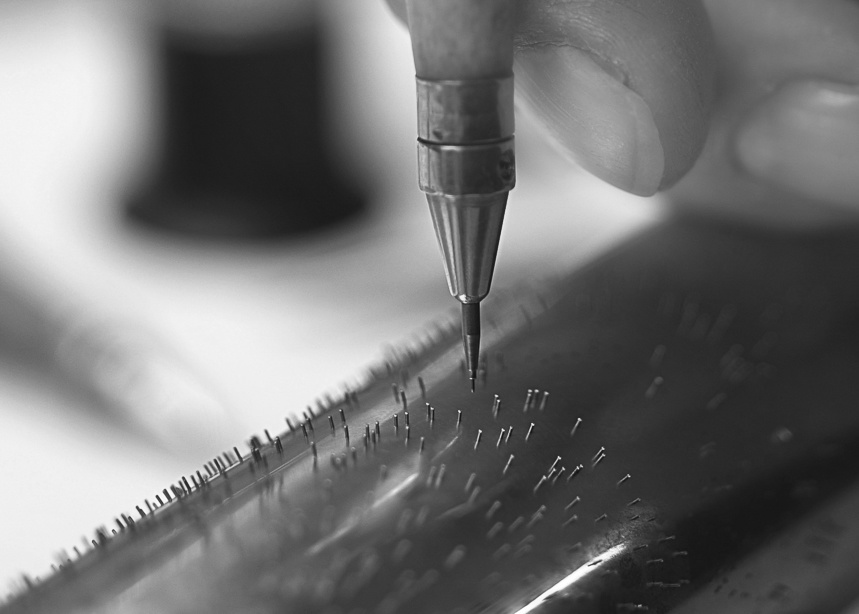
MusicMachine 2 Technical Specs from MB&F
DIMENSIONS AND WEIGHT: Dimensions:
– 300mm wide x 511mm long x 168mm high. Total weight: approx. 8kg
MAIN HULL – RESONANCE DOME:
– Main body: Domed shell in aluminum
– Matte sections: lacquered
– Gloss sections: White UV-resistant lacquer or black lacquer depending on version
– Central disc on top: nickel-plated brass
– Landing gear: Bead-blasted and lacquered aluminum or black depending on version
– Internal soundboard by JMC Lutherie: 350-year-old resonance spruce wood membranes
sandwiching a Nomex® honeycomb and carbon-fibre bar
TAIL BOOM
-Sound-conducting ‘tail boom’ in lacquered aluminum or black depending on version to transfer sound to internal soundboard
TAIL SECTION – MOVEMENT AND FINISHING
– MusicMachine 2 features two 3.72 movements (3 refers to number of melodies on each cylinder; 72 refers to number of notes on each comb); one movement is ‘right’ configured; one movement is ‘left’ configured (they rotate in opposite directions)
– Mainplate: nickel-plated brass, decorated with Geneva waves. The mainplate holds both movements; each movement includes a mainspring, cylinder, comb and regulator
– Mainsprings: wound via conical, grooved winding keys in the form of thrusters, in nickelplated brass
– Barrels: nickel-plated brass
– Regulator fans: nickel-plated brass
– Cylinders: nickel-plated brass
– Start/stop and repeat/continue functions; 1 melody = 1 revolution of the cylinder; 3 melodies per cylinder
– Length of each melody: 36 seconds
– Power reserve per cylinder: 15 minutes
– Pins hand-applied and hand-polished
– Length of pins: 1mm; diameter of pins: 0.3mm
– Pins per cylinder: approx. 1,400
– Combs: steel alloy and lead; 72 teeth per comb; each comb attached to nickel-plated brass vibration plate
– Tail fin: Featuring winglets and central outlet grill, in lacquered aluminium or black depending on version
MELODIES
-Right cylinder – extracts from: ‘Stairway to Heaven’ (1971) by Led Zeppelin; ‘Angie’ (1973) by The Rolling Stones; ‘Should I Stay Or Should I Go?’ (1981) by The Clash
– Left cylinder – extracts from: ‘Star Wars’ (1977) main title by John Williams; ‘Imperial March’ (1980) by John Williams; ‘Star Trek’ (1979) main title by Jerry Goldsmith



